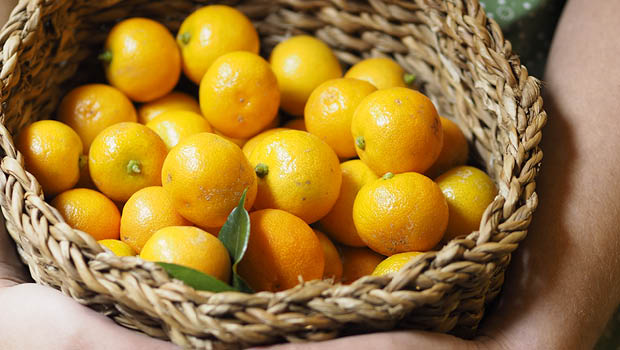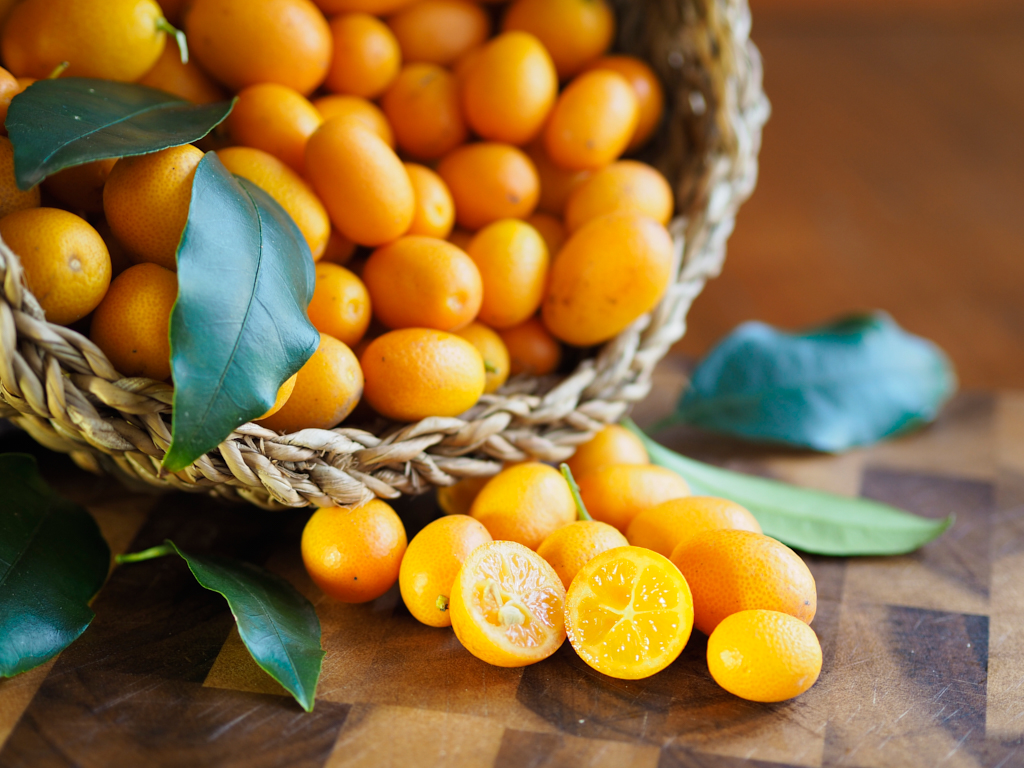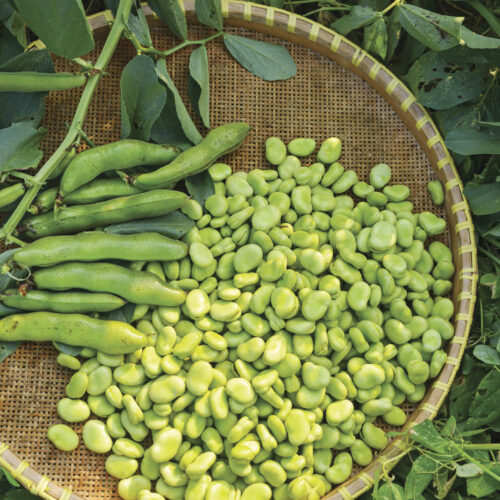Easygoing cumquats
2019-09-13T07:15:40+10:00
Although more cold tolerant than other citrus, cumquats still need as much sun as possible, plus perfect drainage.
Planting
Always plant into warm soil – from late spring to early autumn in cool areas, but all year in warmer regions. In temperate climates, by all means buy potted ones in winter, as they’re often available in nurseries then and you can see the fruit, but place pots against a sunny northern wall until you’re ready to plant or pot up in late spring. Commercially purchased cumquats are grafted onto trifoliata rootstocks for better performance throughout Australia.
Although more cold tolerant than other citrus, cumquats still need as much sun as possible, plus perfect drainage – create a mound on low-lying areas and avoid excavating into clay substrates.
Prepare a 1.5m diameter planting area at least a month in advance if possible: incorporate a barrow of composted organic matter or a large bag of potting mix, a bucket of pelletised chicken manure, plus 2kg of gypsum for clay soils and zeolite or bentonite for sandy ones. Water with diluted seaweed extract, then mulch thickly to let worms and soil microorganisms create a rich, friable, free-draining substrate.
Ensure planting depth matches soil level in the pot by placing a stake across the hole, holding the stem, and backfilling – burying roots too deeply or exposing them sets back trees.
In mild weather, you can plant very young whips in narrow pots or bags in the same way as bare-rooted trees – soak in diluted seaweed extract, wash off soil and spread roots over a cone-shaped mound in the bottom of the planting hole. Gradually backfill, creating more layers of roots as you go. Firm down but don’t over-compact soil. Mulch and water well.
Pot culture
Choose large sealed/glazed terracotta, ceramic or plastic tubs, widest at the top and with multiple drainage holes; pot feet keep holes clear. Use quality, free-draining potting mix and incorporate a handful of zeolite to hold nutrients. Leave a generous lip to assist watering. If against a wall, pots should be rotated every few months to encourage balanced growth. Don’t over-pot: instead, place small trees into intermediate- sized pots, followed by successively larger ones as root balls grow. You can always place a smaller plastic pot, raised on its own pot feet, inside the “final” large ornamental one.

For some more great tips on growing, and eating fruit, try the following articles on our website:






